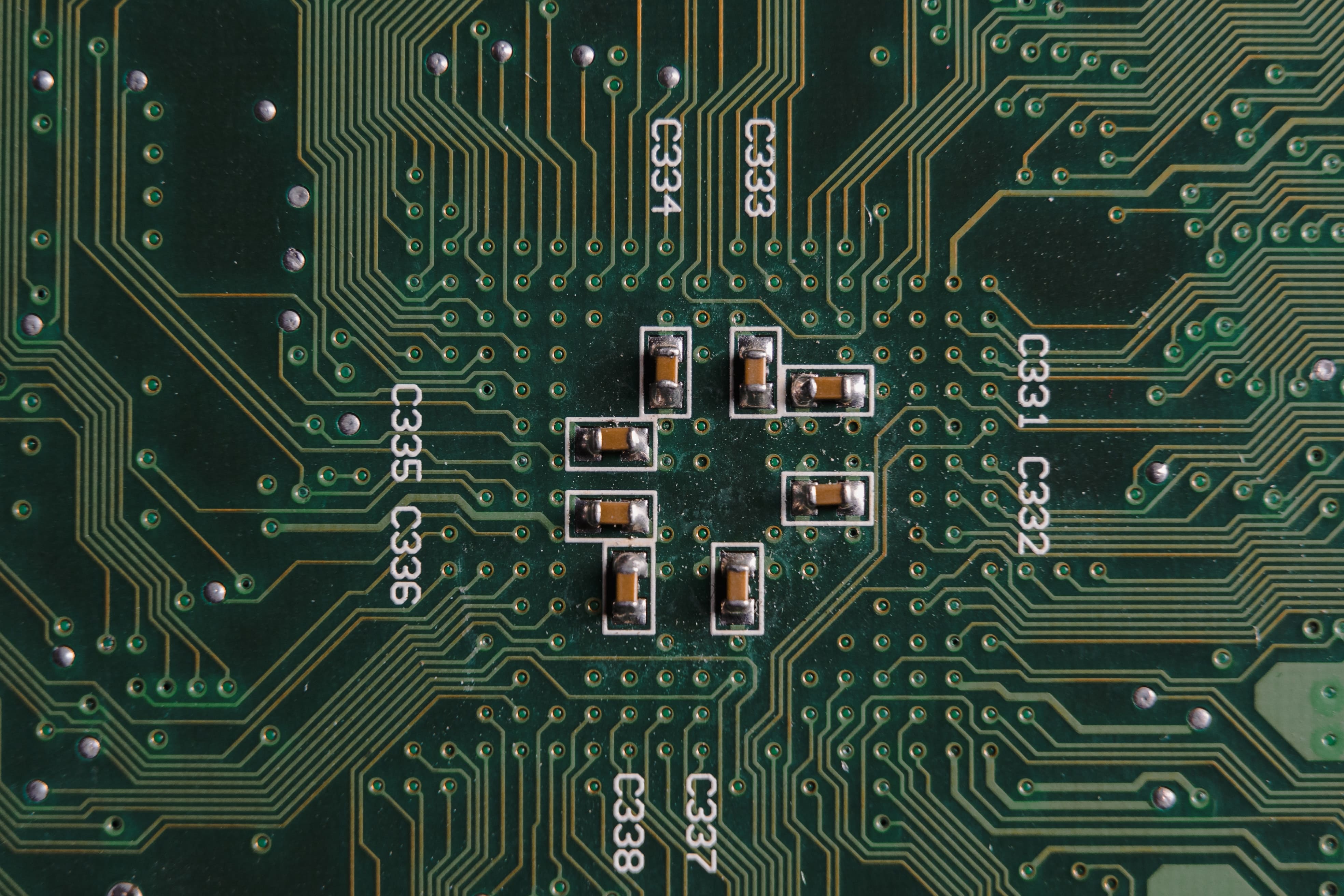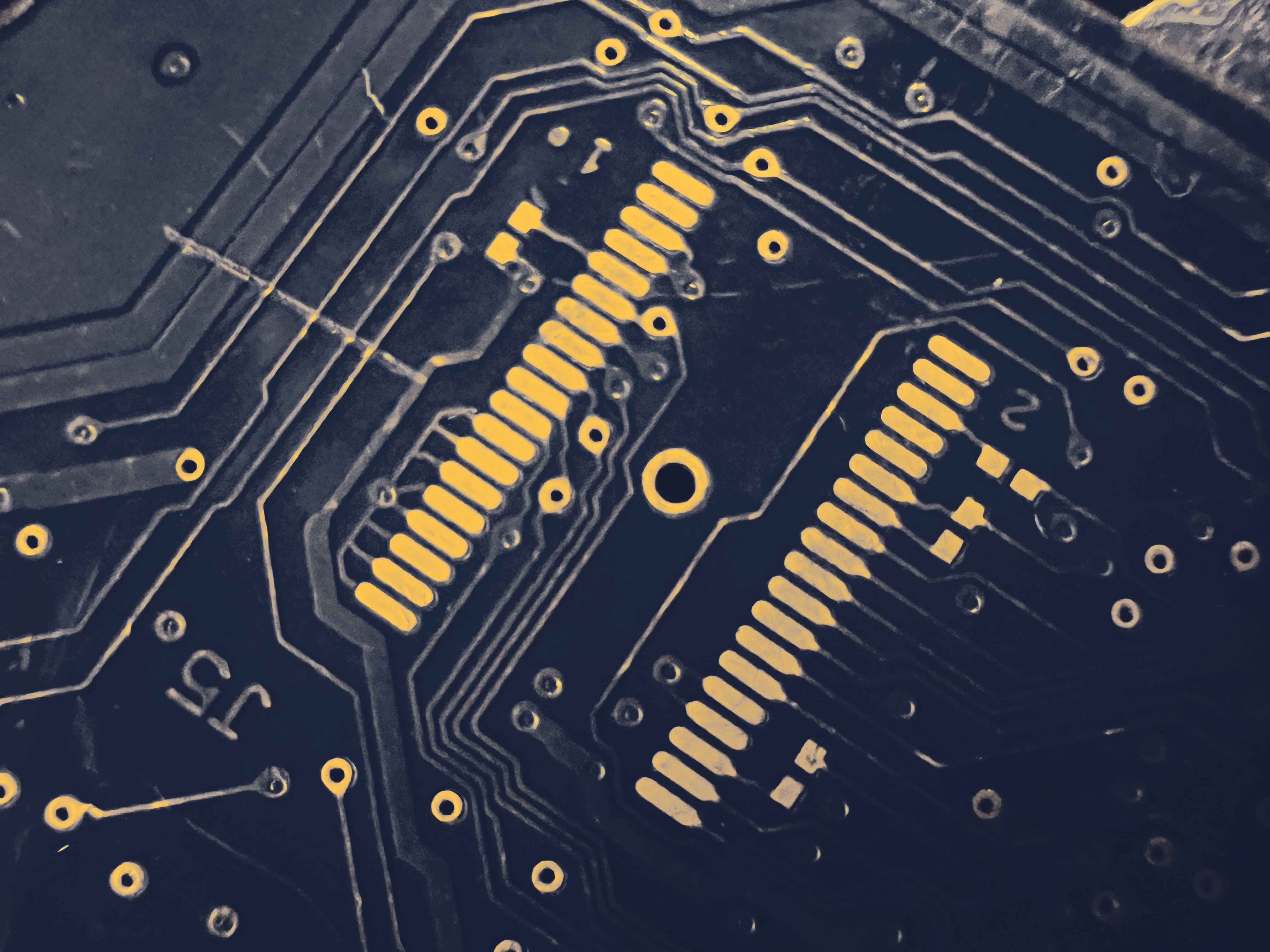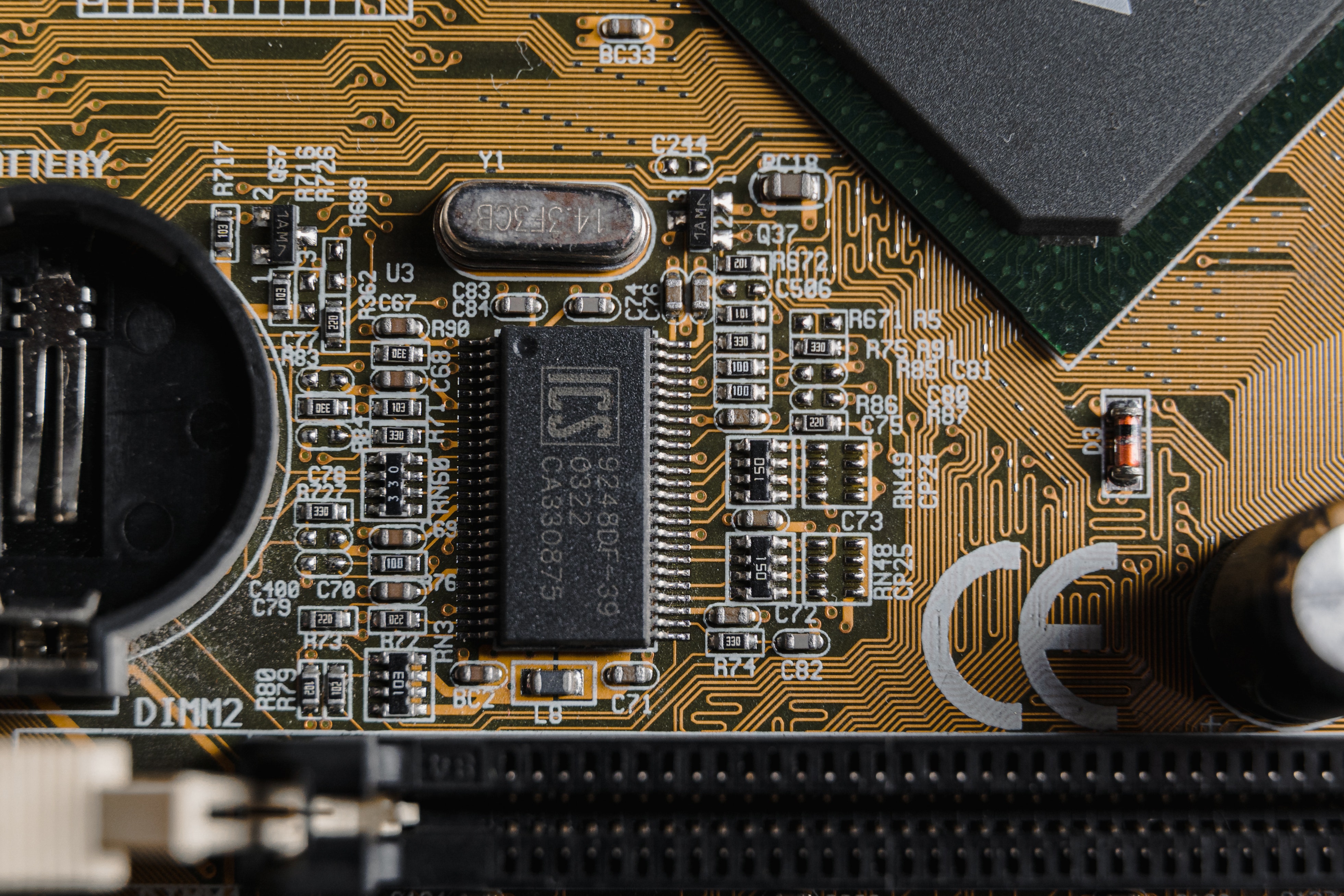Nov 7, 2022|Product Innovations and Design, Technological Advancements and Materials
What is a PCB assembler? Printed Circuit Board Assembly is named for the entire process of turning a blank circuit board into a board with its necessary electronic components. The PCBA process includes passing the unpopulated (blank) board through PTH and SMT processes, which provide the board with its electronic components that are then soldered. The assembly process also includes component placement, quality control inspection, and reflow soldering.
While PCB and PCBA may seem interchangeable, they’re different steps in the same process. A PCB is a blank circuit board without its electronic components, while a PCBA is a complete board with all the included components, which enables the board to function.

Table of Contents
- 1 What Is a Printed Circuit Board? (PCB)
- 2 What Is a Printed Circuit Board Assembly? (PCBA)
- 3 What Are the Different Types of PCBs?
- 4 What Are the Most Common Assembly Methods for PCBs?
- 5 What kind of materials are used for Printed Circuit Boards?
- 6 What Are the Applications for PCBs?
- 7 What is the Cost of PCBAs?
- 8 How to Pick a PCBA Manufacturer?
What Is a Printed Circuit Board? (PCB)
A Printed Circuit Board or PCB is the base mechanical foundation for mounting electronic components. When mounting these components, the PCB can then be used as an intended completed circuit. PCB boards can be divided into layers, and a PCB itself is made up of its printed component, printed circuits, or some combination of the two. Then, the conductive pattern is printed or inscribed via an insulating epoxy glass.

What Is a Printed Circuit Board Assembly? (PCBA)
What is a PCB assembler? Printed Circuit Board Assembly is named for the entire process of turning a blank circuit board into a board with its necessary electronic components. The PCBA process includes passing the unpopulated (blank) board through PTH and SMT processes, which provide the board with its electronic components that are then soldered. The assembly process also includes component placement, quality control inspection, and reflow soldering.
PCBA creates the electrical interconnections between both functional components and interconnecting circuitry in the leads-pads. It also ensures that the board functions as required
What Are the Different Types of PCBs?
There are several main types of PCBs, including Single-Layer PCBs, Double-Layer PCBs, and Multi-Layer PCBs.
Single-layer PCBs are considered the simplest type, coated with only a single layer of conducting material and reinforced with a single layer of solder mask. These PCBs’ components are then marked with a silkscreen.
Double-layer PCBs have an additional layer of conducting material on the top and bottom of the board. This gives the PCB more flexibility, as well as a smaller size than single-layer boards.
Multi-layer PCBs have additional conductive layers—these boards are designed for more complex applications.
Beyond these, there are also flexible PCBs, rigid PCBs, and flex-rigid PCBs.
What Are the Most Common Assembly Methods for PCBs?

There are several common assembly methods for PCBs, and you might be wondering which method is preferred such as surface mount vs thru-hole. Different assemblies and components require different assembly methods.
Surface-mount technology
The Surface-Mounted Technology process is an assembly method wherein surface-mounted components are soldered to the surface of the board. This is a standard method for printed circuit board assembly, and this tech is generally used in multi-layer PCBs because they are required to be compact. First, the PCB must be made and then the solder is pasted onto the leads, afterwards, the components are placed on the board. Then the PCB is heated so the solder can melt to firmly keep all components in their place.
Thru-hole technology
This assembly process is used to mount thru-hole components on a PCB board. There are long leads on these components, which are then inserted into holes that are drilled into the main PCB. Generally, these components are bigger and cheaper compared to surface-mounted components. First, holes are drilled into the PCB and then the leads are inserted and soldered into place. The solder also provides an electrical connection.
Mixed Technology
As the name suggests, mixed technology board assembly carried both the properties of SMT and thru-hole tech. These assemblies are commonly used in many applications that might require a combination of both styles of assembly. This assembly also doesn’t use solder paste, making it a necessary process for certain applications.
What kind of materials are used for Printed Circuit Boards?
There are a number of substrate materials used for PCBs, with the most common being fiberglass, composite epoxies, or other laminates. Printed Circuit Board materials come in a wide variety. The most common conducting material on both sides of the board is typically copper, and printed circuits are also often made out of copper. Printed circuits are typically plated or etched into the substrate, and are then coated with tin-lead to protect against oxidation. The contact fingers on the outer edges of PCBs are also coated with tin-lead, and other common materials including nickel or gold to increase conductivity.
What Are the Applications for PCBs?
Printed Circuit Boards are often an integral component of electronics, and they are used every single day in a wide variety of commercial, professional, and household goods. They’re critical to a variety of industries, and their applications have been used for decades.
PCB applications include:
- Radios
- Printers
- Calculators
- Appliances
- Lighting systems
- Medical imaging systems
- Industrial controls
- Telecom towers
- Data storage equipment
- Satellite systems
- Computers
- Cell phones
- TVs
- Pacemakers
- Engine management systems
- Video Game Systems
What is the Cost of PCBAs?
The cost of printed circuit board assembly has many factors, including labor costs, tooling charges, setup charges, turnaround time, quantity, and technology. Of course, components always factor into the cost as well, and the total cost of your PCBA can be different depending on what country it’s built in. Shipping and packaging are also something you’ll need to consider.
Initial labor costs include both human labor and automated factory labor. Some countries may have cheaper labor costs, but with varying quality expectations. Custom shapes and builds will also factor into the total labor costs; tooling and setup can be expensive when it differs from the norm. Standard PCB designs will avoid these setup charges.
Turnaround time and quantity can be influenced by the time of the year, the country, manufacturing, customer expectation, and more. Expedited shipping and extra work time will always cost more, and the price of materials can vary based on many economic issues. The total cost is also influenced by the required technology, whether you’re using SMT or thru-hole tech. SMT, for instance, can save you money because it’s a very automated process.
How to Pick a PCBA Manufacturer?
There are several considerations to make when picking a PCBA manufacturer.
Before reaching out to a manufacturer or requesting a quote, it’s a good idea to find out if the manufacturer you intend to use can handle the job you require—not everyone has the capacity to fulfill your specific order. If you need hundreds or even thousands of boards printed and manufactured, a smaller PCBA manufacturer may not be able to fulfill your order.
Once you find out about capacity, overhead costs, and manufacturing time, you must ensure the PCBA design has been tested thoroughly. It’s a good idea to inquire if the engineers have already built a working prototype, to avoid any design issues down the road. Even a quality PCB might fail if the circuit design is bad. If electromagnetic issues are not detected ahead of time, you could face an issue several months down the road that delays your project. While testing can be time-consuming, it’s important to partner up with a PCBA manufacturer that ensures quality testing takes place first.
Also, remember that the more layers on your board mean the more money you’re going to spend. Since the PCBA manufacturing process is quite complex, boards with many layers can take more time to build, test, produce, and assemble. The manufacturer you use will need to consider size, weight, design, and function. You’ll want to work with a company that’s a team player in your needs, and that your PCBA manufacturer is upfront with you about costs, technology, and design.
- Sunny Patel is the Engineering and Sales Manager at Candor Industries. Sunny is trained as a IPC-A-600 trainer, AS9100 Lead auditor, IPC CID and got his Engineering degree at the University of Toronto.
Latest entries
- February 27, 2024Technological Advancements and MaterialsHow to Order a PCB Assembly
- February 26, 2024Product Innovations and DesignReduce PCB Design Cost
- February 7, 2024Technological Advancements and MaterialsNavigating Low-Cost PCB Assembly
- January 24, 2024Quality and TestingA Guide To Automated Optical Inspection (AOI)


